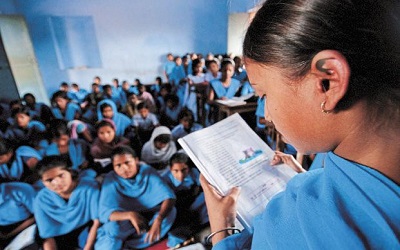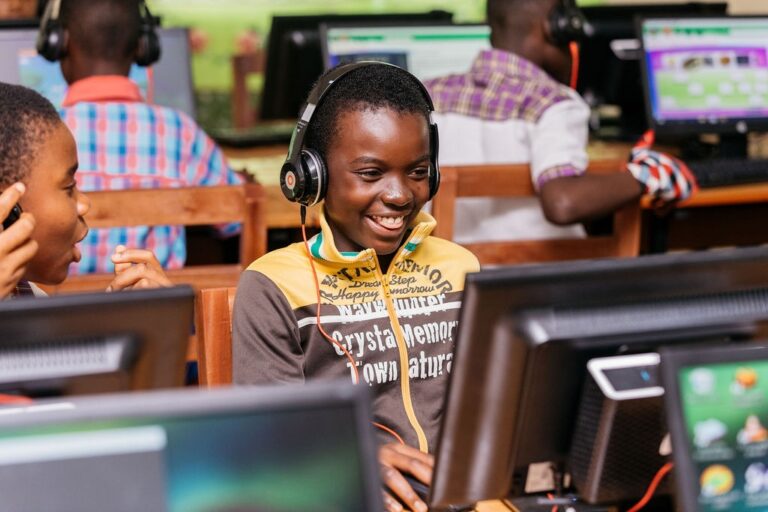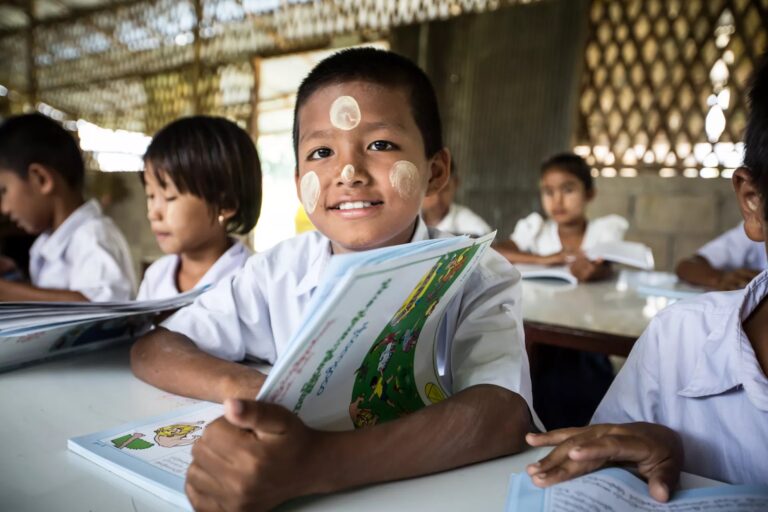By Anjela Taneja | Jan 31 2018
A wealth of experience exists on how to keep girls in school and ensure the quality of their education.
According to the ministry of human resource development (MHRD), 62.1 million) children are out of school in India. The 2011 Census estimated the figure at 84 million—nearly 20% of the age group covered under the Right to Education (RTE) Act. At this stage, traditional gender norms push girls into helping with household chores and sibling care, leading to irregular attendance that eventually results in dropouts. Early marriage, lack of safety in schools and low aspirations related to girls’ education also lead to them dropping out.
Additional problems arise when the girl reaches secondary education. As the recent Annual Survey of Education Report (Aser) 2017 findings suggest, while on average the difference between enrolment levels of boys and girls at age 14 are declining, by 18, when the state doesn’t enforce compulsory education through the RTE Act, 32% girls are not enrolled—compared to 28% boys. Bridging mechanisms for out-of-school children exist at the elementary stage, but are absent for secondary education. Hence girls find it difficult to re-enter education once they have dropped out. The number of schools also decreases sharply beyond upper primary. In 2015-16, for every 100 elementary schools (classes I to VIII) in rural India, there were 14 offering secondary (classes IX-X) and only six offering higher secondary grades (classes XI-XII). It has not helped that so many secondary schools are privately-owned, fee-charging schools. At the elementary level, only 5% listed in the official statistics are private unaided schools while 40% schools offering secondary or higher secondary grades are private, unaided institutions. This stacks the odds against girls’ education and leads to dropouts.
While the problems are severe, they are not insurmountable. A wealth of experience exists on how to keep girls in school and ensure quality of education. The recent recommendation by the Central Advisory Board of Education sub-committee to extend Kasturba Gandhi Vidyalayas till class XII and the plans by MHRD to develop action plans for girls’ education are welcome. The RTE Act appears to be playing its part in helping girls stay in school and it is time to amend it to extend it to include secondary education. The government’s slogan of Beti Bachao, Beti Padhao cannot be achieved without a fundamental right to secondary education backed by measures that make free quality public education institutions available and accessible for all, especially girls.
It is critical to have a mechanism to identify girls at risk of dropping out and implement mechanisms to bring those that have dropped out back into school. The new definition of a dropout, 30 days of continuous unexcused absence, is a start, but would be inadequate; more regular touch points are needed to create timely corrective measures to ensure timely regular attendance.
For dropouts, the provision for “special training”, and accelerated learning opportunities for out of school children should be introduced at the secondary level, but the implementation of this provision at the elementary level should also be strengthened. CARE-India’s research on the implementation of special training highlights the need for revision of implementation guidelines to address the reliance on untrained, under-qualified and poorly remunerated unprofessional teachers, absence of necessary learning materials and infrastructure in special training centres, inadequate budgeting and delayed release of funds.
Aser suggests that the predominant reason for girls dropping out is family constraints (32.5% at secondary level). Mechanisms for dialogue with parents and community are critical to change social norms towards girls’ education. The presence of strong female role models in the community, such as women teachers, are key to changing popular perceptions in terms of what girls can do. This is critical for the education of not only this generation, but also the next. Aser 2017 finds that 70.7% out-of-school youth have mothers who have never been to school.
Distance is a big contributing factor to girls dropping out. Initiatives like distribution of bicycles to girls and the hiring of escorts (Tola Sevaks in Bihar) make schooling safer and enhances retention of girls. Schemes like the former have been shown to increase girls’ age-appropriate enrolment in secondary schools by 30%. School infrastructure needs to improve through availability of usable toilets. Kerala is the first state to provide free sanitary napkins in schools and other states should follow suit given the robust evidence of adolescent girls’ absence during their periods.
Fundamentally, schools need to become more receptive for girls and deliver education of better quality. It is particularly important to ensure that all teachers are trained and sensitized to gender concerns. Availability of gender-sensitive print- rich environment in schools is important. However, the curriculum itself needs to enable girls to challenge gender stereotypes and become more assertive.
Stronger efforts are needed to enhance the agency of girls themselves to strengthen their self-esteem, challenge gender bias and provide leadership. The recent leadership curriculum in Uttar Pradesh is a positive example where the government, with support from civil society, is one step closer to building girls’ confidence, negotiation skills, organizational abilities and enabling girls to take decisions for themselves. While it is important to work with and empower girls, it is also critical to engage with boys to create a better, more gender equal tomorrow.



![[Preliminary Report] CRNA Collaborative Research for Exploring Factors Nurturing"Happy and Resilient" Children among Asian Countries](https://equity-ed.net/wp-content/uploads/2024/09/1725672182698.jpg)


